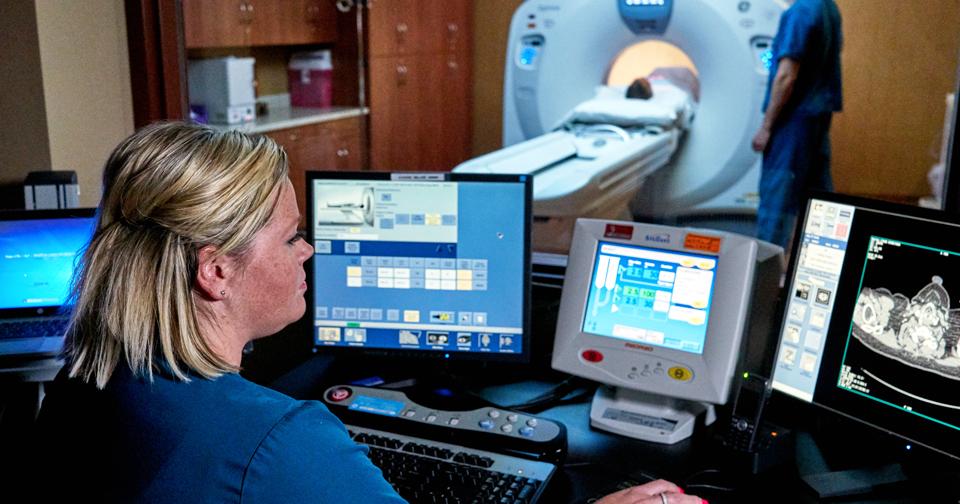How To Successfully Treat Myelofibrosis
Myelofibrosis is a bone marrow disease in which the content of blood cells the body generates is negatively affected. More specifically, myelofibrosis is defined as a rare version of chronic leukemia. It’s classified as a blood cancer that causes fibers and blood cells to accumulate in bone marrow. Because of the excess accumulation of blood cells and fibers, bone marrow becomes scarred, and it can have multiple adverse effects on the body. Symptoms include shortness of breath, easy bruising or bleeding, excessive sweating, fever, an enlarged spleen, and internal pain. Myelofibrosis occurs when blood stem cells replicate and divide into several specialized cells, which is referred to as a genetic mutation. Unfortunately, scientists are unsure of what causes genetic mutations, but some factors that increase the risk of developing a genetic mutation are age, a separate blood cell disorder, or the exposure to harmful chemicals. Even though myelofibrosis poses multiple harmful effects to health, there are various methods of treatment that can either relieve symptoms or treat the condition altogether. Reveal these now!
Chemotherapy

Chemotherapy is a popular cancer treatment that specifically uses chemical substances with anti-cancer properties. Not only can this form of treatment relieve the symptoms of myelofibrosis, but it also has the ability to prevent the disease’s progression by killing more cells than the cells divided from a gene mutation. In general, chemotherapy uses certain drugs to treat particular symptoms associated with myelofibrosis. More specifically, cladribine can relieve symptoms of anemia that come with myelofibrosis. In addition to this, hydroxyurea is specifically used to treat symptoms of enlarged spleen caused by myelofibrosis. Hydroxyurea can not only shrink an enlarged spleen but also relieve symptoms of generalized pain known for their appearance with myelofibrosis.
Get to know more ways to treat myelofibrosis.
Radiation Therapy

Radiation therapy, also known as radiotherapy, is classified as a type of cancer treatment that uses X-rays in addition to other forms of radiation to treat myelofibrosis by relieving the negative symptoms associated with the disease. Typically, radiotherapy is a method of treating cancer that uses ionizing therapy specifically and is delivered by using a linear accelerator. Not only this, but radiotherapy uses high-powered beams, also referred to as X-rays, to eliminate and kill cells that have been genetically mutated. Radiotherapy can reduce the size of an enlarged spleen associated with myelofibrosis. This method of treatment is beneficial for individuals who don’t want to participate in surgery to reduce the size of their enlarged spleen and treat their myelofibrosis.
Keep reading to learn more about how to treat myelofibrosis effectively.
